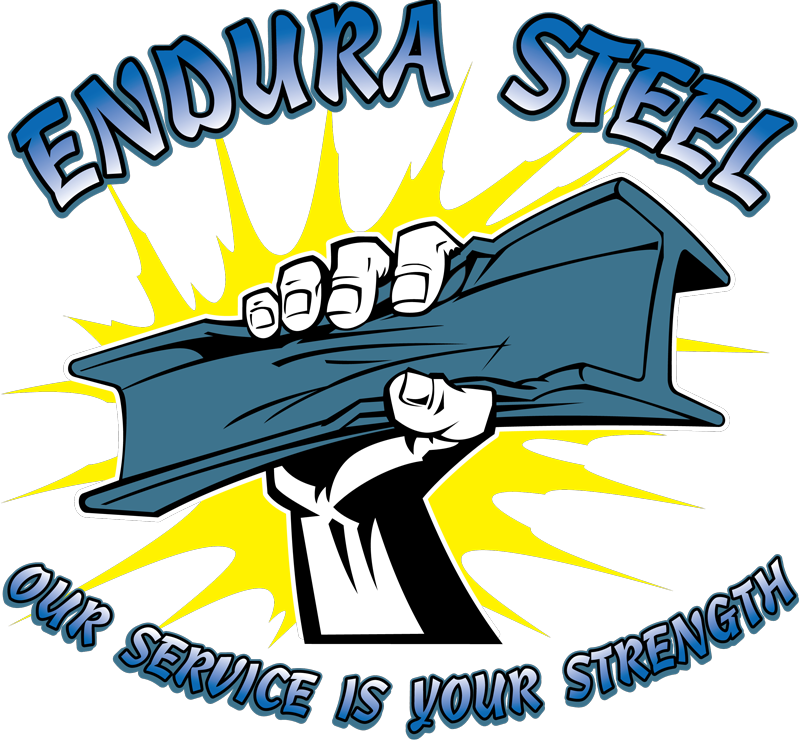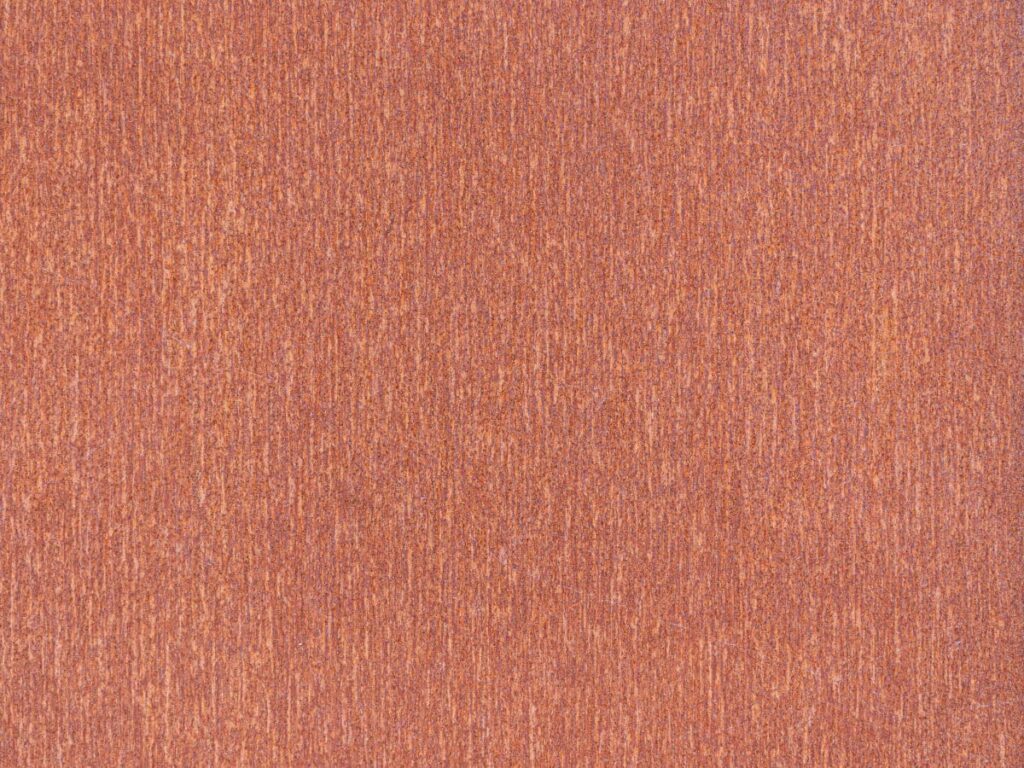Weathering steel, often called Corten steel, is a remarkable steel alloy renowned for its distinctive rust-like appearance and exceptional corrosion resistance. This type of steel has gained significant popularity in various industries and architectural applications due to its distinctive characteristics and durability.
Corten steel is specifically designed to develop a protective layer of rust-like patina on its surface when exposed to the elements. This patina imparts a distinctive and attractive appearance and acts as a natural shield against further corrosion. The alloying elements in weathering steel, primarily copper, chromium, nickel, and phosphorus, contribute to forming this protective layer.
As a result, weathering steel structures and components exhibit remarkable longevity, making them suitable for outdoor installations, bridges, sculptures, and architectural facades. Its unique blend of aesthetics and functionality has made weathering steel a favored choice for designers, architects, and engineers seeking visual appeal and structural reliability in their projects.
Composition and Chemical Formulation
Weathering steel, classified as a high-strength, low-alloy (HSLA) steel, owes its exceptional properties to a carefully balanced composition of alloying elements. Notably, copper, chromium, nickel, and phosphorus are strategically incorporated into the steel’s formulation. Copper, for instance, promotes the development of a protective rust-like oxide layer, known as a patina, on the steel’s surface when exposed to atmospheric conditions.
This patina contributes to the steel’s unique appearance and is a natural barrier against further corrosion, enhancing its longevity and structural integrity. Chromium and nickel play vital roles in enhancing the overall resistance to atmospheric corrosion, while phosphorus is a strengthening agent, contributing to the steel’s high tensile strength.
Weathering steel’s composition, characterized by its high-strength, low-alloy nature and the strategic inclusion of copper, chromium, nickel, and phosphorus, underpins its remarkable performance. Developing a protective rust-like oxide layer, or patina, sets it apart, offering an alluring aesthetic and unparalleled corrosion resistance.
This composition aligns seamlessly with the demands of diverse industries and architectural projects, where the balance between structural integrity and visual appeal is paramount, making weathering steel a true testament to the synergy of science and design in materials engineering.
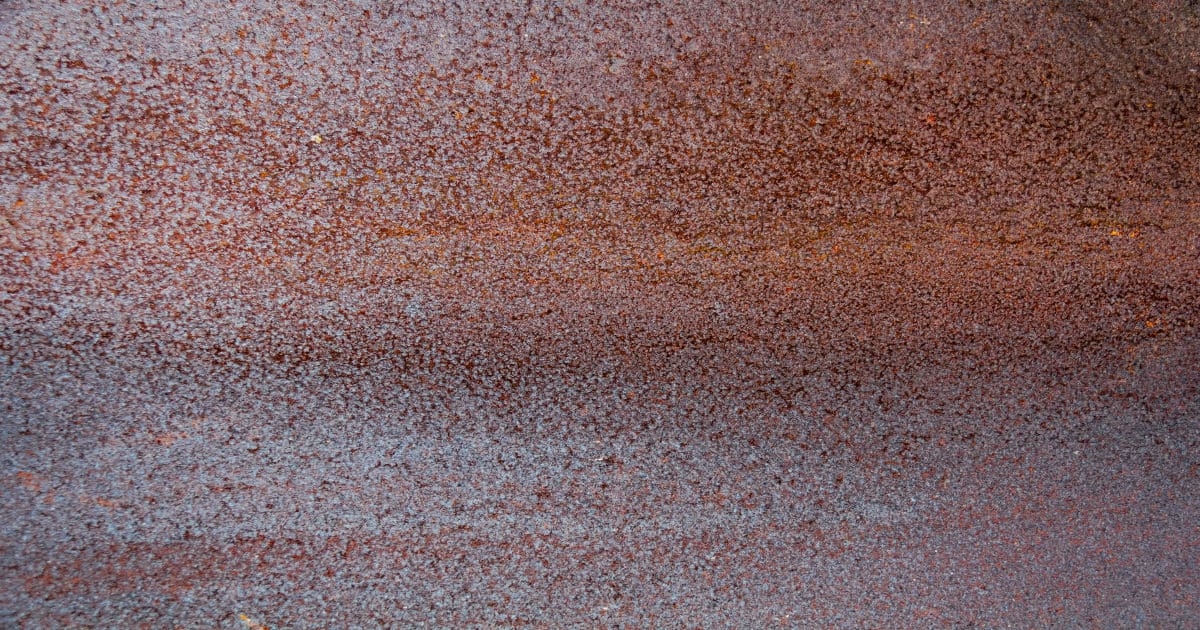
History and Development
The history and development of weathering steel, initially introduced in the 1930s by the US Steel Corporation, marks a fascinating chapter in materials engineering. Its inception was driven by a quest for practicality rather than anticipating its exceptional corrosion-resistant properties. Weathering steel was initially conceived for railroad coal wagons to address the pressing need for robust, durable transportation equipment.
In recognition of its distinctive attributes, weathering steel was eventually trademarked under the name COR-TEN® Steel, derived from “corrosion resistance” and “tensile strength.” This trademark encapsulated the essence of this unique material, emphasizing its unrivaled ability to withstand the ravages of weather and time while maintaining its structural integrity.
The historical journey of weathering steel, from its pragmatic origins to its transformation into a symbol of resilience and architectural innovation, highlights the serendipitous nature of scientific discovery and underscores the enduring impact of this material in various industrial and creative domains.
Mechanism of Action
The mechanism of action underlying the exceptional corrosion resistance of weathering steel is a testament to its carefully designed alloy composition. The alloy elements strategically integrated into the steel’s formulation are key to this mechanism, which serves two critical functions: promoting rust layer adhesion and preventing rust penetration into the inner layers.
Copper, chromium, and nickel, among other elements, work in harmony to encourage the formation of a protective rust-like oxide layer, commonly known as a patina, on the surface of the weathering steel when exposed to atmospheric conditions. This patina adheres tightly to the steel, protecting against further corrosion. The patina not only contributes to the material’s unique aesthetic but also functions as a barrier, preventing the detrimental effects of rust from reaching the underlying steel structure.
Moreover, the alloy composition of weathering steel impedes the penetration of rust into the inner layers of the material. This serves as a critical safeguard, preserving the structural integrity of the steel. In essence, the mechanism of action of weathering steel hinges on the symbiotic relationship between its alloying elements, which not only foster the formation of a protective rust layer but also ensure that this layer effectively shields the steel from the corrosive forces of the environment.
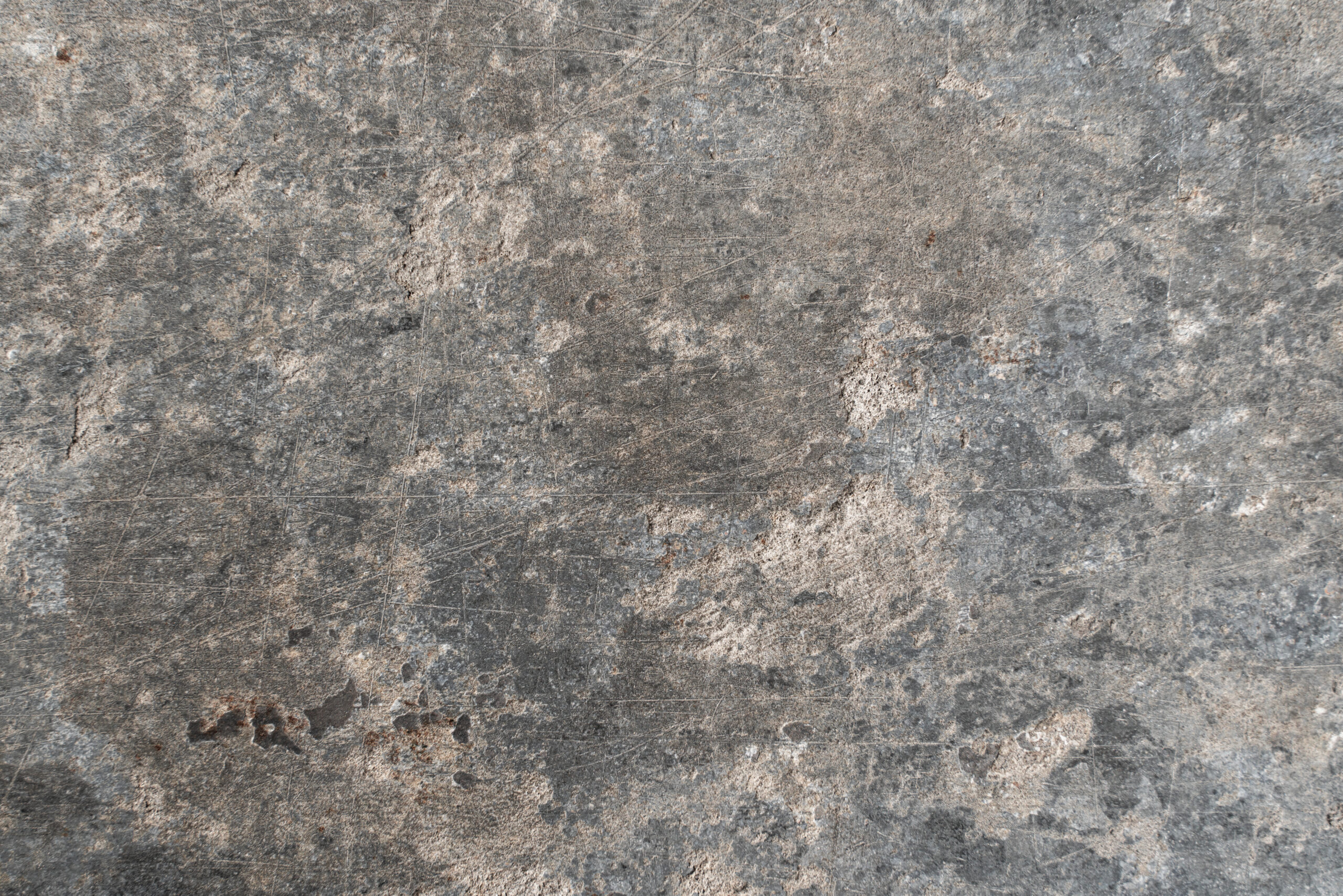
Manufacturing Process
The manufacturing process of weathering steel is a fascinating journey resulting in its exceptional corrosion-resistant properties. At the core of this process is the deliberate exposure of the steel to natural elements.
Weathering steel begins its life in the manufacturing facility like conventional steel but diverges in its treatment post-production. Once the steel components or sheets are fabricated, they are placed outdoors and exposed to the elements. This exposure initiates a chemical reaction between the steel and the natural environment, leading to the gradual development of a protective patina over time. This patina, typically rust-colored, creates a barrier that shields the underlying material from further corrosion.
In addition to the traditional method of naturally allowing weathering steel to develop its patina over several years, accelerated methods have been developed to expedite this process. These methods often involve controlled exposure to moisture, salt, or other environmental factors to hasten the formation of the protective rust-like layer. While both natural and accelerated methods yield the same corrosion-resistant results, the accelerated processes are employed when time constraints necessitate a quicker patina development.
Comparison with Regular Steel
Weathering steel stands apart from regular steel in several key aspects, including differences in composition, properties, and applications, resulting in enhanced corrosion resistance and a distinctive appearance.
Composition
Weathering Steel: Weathering steel is a specialized high-strength, low-alloy (HSLA) steel alloyed with elements such as copper, chromium, nickel, and phosphorus. These alloying elements contribute to its unique corrosion-resistant properties.
Regular Steel: Regular steel, known as carbon steel, primarily consists of iron and carbon, with minimal alloying elements. It lacks the specific corrosion-resistant components found in weathering steel.
Properties
Weathering Steel: Weathering steel is renowned for its exceptional corrosion resistance, owing to the formation of a protective rust-like patina on its surface. This patina is a natural barrier against further corrosion and provides a distinctive aesthetic appearance.
Regular Steel: Regular steel is susceptible to corrosion when exposed to moisture and oxygen. It does not possess the inherent corrosion resistance and weathering capabilities of weathering steel.
Applications
Weathering Steel: Weathering steel finds applications in outdoor structures, architectural facades, bridges, sculptures, and various artistic and industrial projects. Its longevity and unique appearance make it a favored choice for projects where durability and aesthetics are essential.
Regular Steel: Regular steel is widely used in various industries and applications. However, its susceptibility to corrosion limits its use in outdoor and corrosive environments unless coated or protected.

Classification and Specifications
Weathering steel is not classified as a high-grade alloy despite its exceptional properties. Instead, it belongs to the high-strength, low-alloy (HSLA) steel category due to its specific composition and performance characteristics.
Unlike high-grade alloy steels that contain a more extensive array of alloying elements for specialized applications, weathering steel relies on a carefully balanced combination of alloy elements, such as copper, chromium, nickel, and phosphorus, to achieve its unique corrosion resistance and durability.
Various specifications of the American Society for Testing and Materials exist to define the standards and properties of weathering steel alloys. Some notable ASTM specifications for weathering steel include A847, A709-50W, A871-65, A242, A606-4, and A588.
These specifications outline specific chemical compositions, mechanical properties, and performance requirements that weathering steel must meet to ensure its suitability for various applications. Each specification may be tailored to particular uses, ensuring that weathering steel can be applied in diverse industries and projects while maintaining the desired level of quality and performance.
Chemical Compositions
Corten A and Corten B steels, also known as weathering steel grades, have distinct chemical compositions that contribute to their unique properties, including enhanced corrosion resistance and weathering characteristics. Here is a detailed breakdown of their chemical compositions:
Corten A Steel Composition
Carbon (C): 0.12% max
Manganese (Mn): 0.20-0.75%
Phosphorus (P): 0.07-0.15%
Sulfur (S): 0.03% max
Silicon (Si): 0.25-0.75%
Copper (Cu): 0.25-0.55%
Chromium (Cr): 0.30-1.25%
Nickel (Ni): 0.65% max
Corten B Steel Composition
Carbon (C): 0.16% max
Manganese (Mn): 0.30-0.50%
Phosphorus (P): 0.03% max
Sulfur (S): 0.03% max
Silicon (Si): 0.40% max
Copper (Cu): 0.25-0.40%
Chromium (Cr): 0.40-0.65%
Nickel (Ni): 0.40% max
Key Points to Note About These Compositions
- Corten A and Corten B steels contain carbon, which provides strength but is limited to low levels to prevent excessive hardness.
- Manganese is added to improve structural integrity and toughness.
- Phosphorus and sulfur content are kept low to enhance weldability and minimize potential issues during welding.
- Silicon is present to aid in the formation of the protective rust-like patina.
- Copper, chromium, and nickel are the key alloying elements that contribute to developing the protective patina and enhance corrosion resistance. These elements play roles in weathering, creating a barrier against further corrosion.
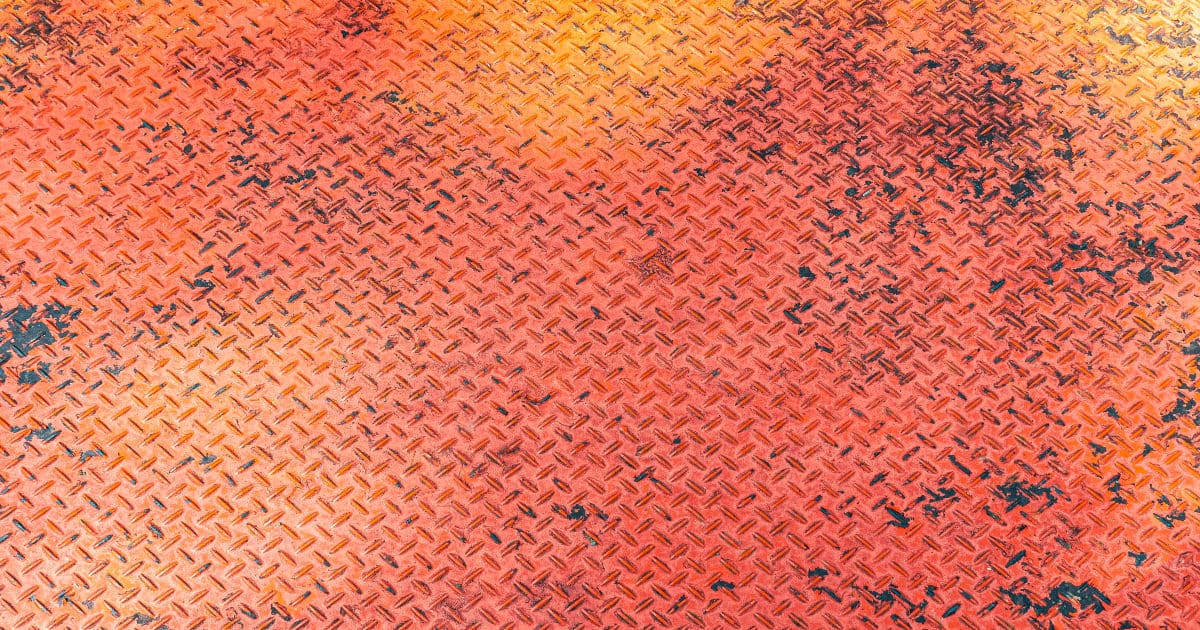
Physical Properties
Corten steel, known for its distinctive properties, exhibits various physical characteristics that make it versatile for various applications. Here are some of the key physical properties of Corten steel.
Thickness: Corten steel is available in a wide range of thicknesses, depending on the specific requirements of a project. Common thicknesses can vary from a few millimeters to several centimeters, allowing for flexibility in design and structural integrity.
Yield Strength: Corten steel typically has a higher yield strength than regular carbon steel. The yield strength of Corten steel can range from 345 MPa (50 ksi) for Grade A to 485 MPa (70 ksi) for Grade B, making it suitable for load-bearing applications.
Tensile Strength: Corten steel also boasts a higher tensile strength than standard carbon steel. The tensile strength can vary between 485 MPa (70 ksi) for Grade A and 585 MPa (85 ksi) for Grade B, contributing to its structural robustness.
Elongation: Corten steel has a reasonable elongation value, which indicates its ability to deform before fracturing. Typically, it can elongate around 20-21%, allowing for some flexibility in design and construction.
Modulus of Elasticity: Corten steel is approximately 200 GPa (29,000,000 psi). This property defines how the material responds to external forces and deformation.
Density: Corten steel is approximately 7.85 g/cm³ (0.284 lb/in³), similar to regular carbon steel.
Melting Point: The melting point of Corten steel is around 1,480°C (2,700°F), which is within the range of typical steel alloys.
Thermal Expansion: Corten steel exhibits thermal expansion when subjected to temperature changes like other metals. Proper design considerations should account for this property to prevent structural issues.
Electrical Conductivity: Corten steel has good electrical conductivity, which can be relevant in specific applications.
Characteristics and Benefits
Resistance to Atmospheric Corrosion
One of the most remarkable characteristics of Corten steel is its exceptional resistance to atmospheric corrosion. When exposed to the elements, it creates a protective rust-like patina on its surface, enhancing its visual appeal and acting as a natural barrier against further corrosion. This inherent corrosion resistance allows Corten steel to withstand harsh elements, making it suitable for structures and components exposed to rain, snow, humidity, and salt air.
Aesthetic Appearance and Longevity
The distinctive rust-like appearance of Corten steel, with its warm and earthy tones, is highly sought after in architectural and artistic applications. This unique visual character lends an aesthetic charm to structures and installations, making them stand out in their surroundings. Additionally, the patina continues to evolve, further enhancing the steel’s weathered appearance. Beyond aesthetics, the patina contributes to the material’s longevity, as it protects the inner layers from corrosion, ensuring that Corten steel structures age gracefully while maintaining their structural integrity.
Weldability and Structural Integrity
Corten steel is well-known for its weldability, an essential attribute in construction and fabrication. While it requires specific welding techniques and compatible filler materials, skilled welders can join Corten steel components successfully. This weldability allows for the creation of complex structures and artistic designs while ensuring the material’s integrity remains intact. The combination of weldability and structural strength makes Corten steel a versatile choice for architects, engineers, and artists seeking to bring their creative visions to life.
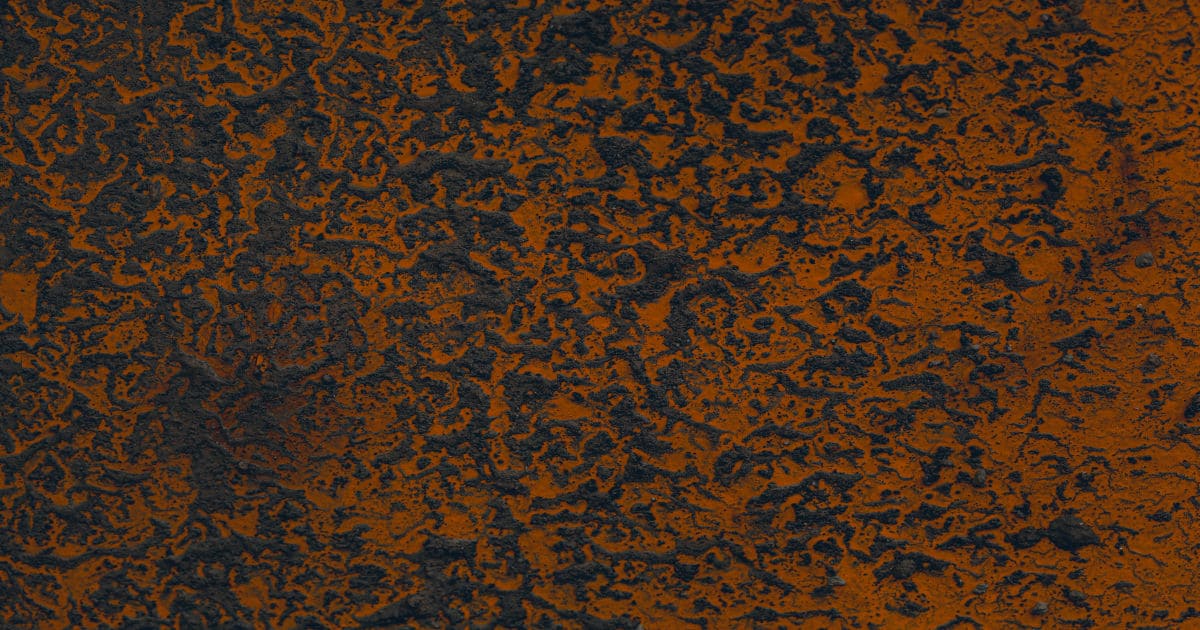
Applications
Architectural Structures
Buildings and Facades: Corten steel is often used in architectural projects to create eye-catching facades and cladding. Its distinctive, weathered appearance adds character and uniqueness to modern buildings.
Roofing: Weathering steel can be employed for roofing materials, providing durability and a striking visual contrast with traditional roofing materials.
Bridges and Infrastructure: Corten steel is an excellent choice for bridge construction due to its structural strength and resistance to atmospheric corrosion. It has been used in both pedestrian and vehicular bridge designs.
Outdoor Sculptures and Art Installations
The aesthetic qualities of corten steel make it popular for outdoor sculptures and art installations. Artists appreciate its ability to age gracefully and its compatibility with various artistic styles.
Shipping Containers
Weathering steel is utilized in the construction of shipping containers. Its corrosion resistance ensures the containers can withstand the harsh conditions of maritime transport and outdoor storage, extending their service life.
Landscape and Garden Design
Corten steel is favored in landscape and garden design for elements such as planters, retaining walls, and decorative features. Its warm, rust-like appearance complements its natural surroundings.
Industrial Applications
Weathering steel can be found in industrial settings for components like storage tanks, silos, and conveyor systems. Its durability and resistance to atmospheric corrosion make it well-suited for these applications.
Railroad Coal Wagons
The initial purpose of weathering steel was to construct railroad coal wagons. Although its applications have expanded since then, this historical use highlights its early practicality.
Structural Beams and Columns
Corten steel is employed for structural beams and columns in construction, especially when the structural components are exposed to outdoor elements.
Urban Furniture and Street Fixtures
Corten steel creates urban furniture, such as benches, lighting fixtures, and bollards. Its weathered appearance harmonizes with urban environments.
Artistic Installations: Beyond sculptures, Corten steel is used in various artistic installations, including public art pieces and architectural features that enhance public spaces.
Advantages of Weathering Steel
Protective Patina and Reduced Maintenance
- Natural Corrosion Resistance: The formation of a protective rust-like patina on the surface of weathering steel serves as a built-in defense against further corrosion. This patina is a barrier, reducing the need for continuous maintenance and protective coatings.
- Minimal Maintenance Requirements: Unlike regular steel, which often requires frequent painting or coating to prevent corrosion, weathering steel can often be left untreated. This results in lower maintenance costs and less environmental impact over the long term.
Aesthetic Appeal and Structural Strength
- Unique Appearance: Corten steel’s warm, earthy tones and distinctive rust-like appearance add aesthetic value to structures, making them visually striking and blending harmoniously with natural surroundings.
- Structural Integrity: Corten steel boasts high tensile strength and structural integrity, making it suitable for load-bearing applications. Its durability ensures that structures maintain their strength and safety over time.
Cost-Effectiveness Over Time
- Longevity: Corten steel’s resistance to corrosion and its ability to age gracefully means that structures made from this material can have an extended service life, reducing the need for premature replacements.
- Reduced Maintenance Costs: The reduced maintenance requirements and elimination of the need for frequent repainting or recoating contribute to cost savings over the life of a project.
- Environmental Benefits: Corten steel’s longevity and reduced maintenance can lead to lower environmental impacts, as fewer resources are expended on maintenance and replacement.
Versatility and Adaptability
- Wide Range of Applications: Weathering steel can be used in diverse applications, from architectural projects to industrial components, thanks to its versatility and compatibility with various design styles.
- Compatibility with Welding and Fabrication: Corten steel can be welded and fabricated, creating complex and customized structures.
Sustainability
- Reduced Need for Coatings: The reduced reliance on protective coatings and maintenance chemicals.
- Recyclability: Corten steel is recyclable, promoting responsible resource management.
Corten Steel: The Perfect Blend of Form and Function
In conclusion, Corten Steel’s innate ability to balance aesthetic appeal and structural strength combines form and function in materials engineering. Its unique protective patina reduces maintenance burdens and adds an unparalleled visual charm. As a material that ages gracefully, Corten steel enhances the durability of structures and contributes to cost savings over time. Its versatility, adaptability, and sustainability further underscore its significance in modern construction and design. Whether gracing the facades of architectural wonders or serving as structural components, Corten Steel continues to captivate and inspire. It reshapes how we perceive and interact with the built environment.
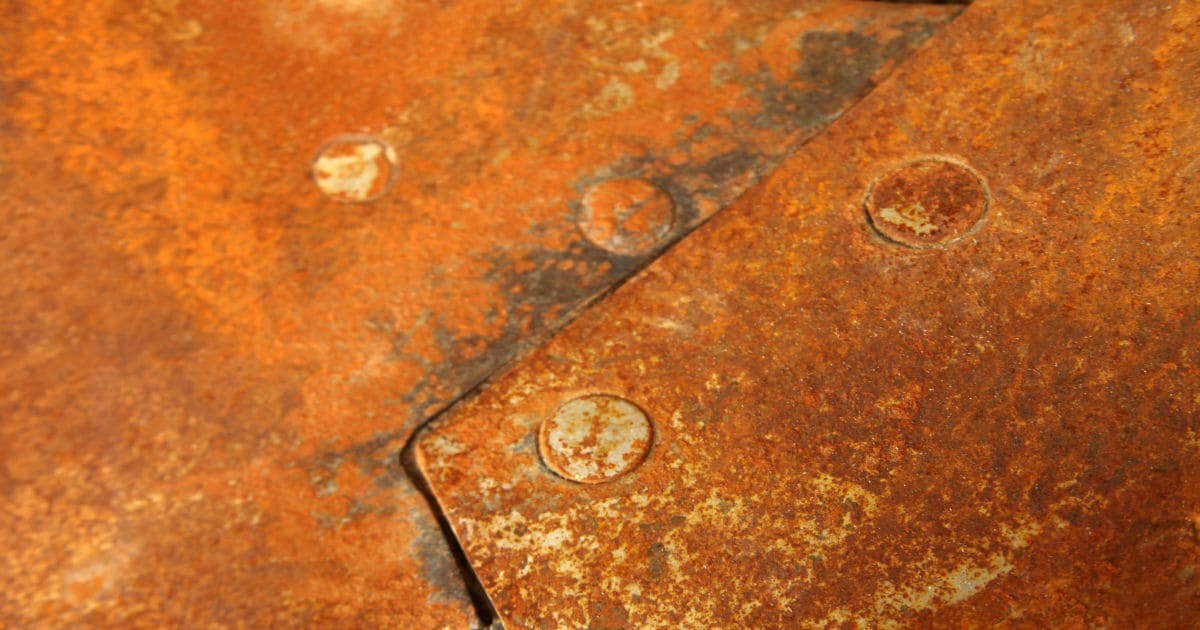
Frequently Asked Questions
What is Corten Steel, and Why Is It Called “Weathering” Steel?
Corten steel is high-strength, low-alloy (HSLA) steel is known for its unique ability to develop a protective rust-like patina. This patina enhances its appearance and provides resistance to atmospheric corrosion. It’s often called “weathering” steel because of its ability to withstand various weather conditions.
Is Corten Steel Environmentally Friendly?
Yes, Corten steel is considered environmentally friendly for several reasons. Its longevity and reduced maintenance requirements contribute to sustainability by extending the service life of structures and reducing resource consumption. Additionally, it is recyclable, promoting responsible resource management.
Does Corten Steel Require Any Special Maintenance?
While Corten steel is known for its minimal maintenance requirements. Occasional cleaning may be necessary to remove dirt and debris from the surface. Additionally, some projects may involve periodically removing loose rust or applying a sealant to maintain the desired appearance.
Can Corten Steel Be Welded and Fabricated?
You can weld and fabricate Corten steel using appropriate techniques and filler materials. Skilled welders can join Corten steel components, making it suitable for custom designs and complex structures.
What is the Cost Difference Between Corten Steel and Regular Steel?
The initial cost of Corten steel may be slightly higher than regular steel. However, its reduced maintenance requirements and longer service life often result in cost savings over time.
Is it Possible to Paint or Coat Corten steel?
You can paint or coat Corten steel if you desire. Many projects leave it untreated, allowing the natural patina to develop and enhance its appearance. You might consider painting or coating for specific design preferences or functional requirements.
References
Evolution and Evaluation of Aesthetic Properties in Weathering Steel
